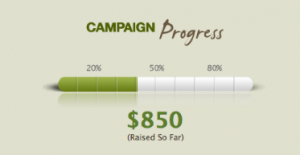Open Source is infiltrating the Enterprise marketplace. O’Reilly radar featured an interview today with Jeffrey Hammond of Forrester Research on the topic. We have been bumping into more enterprise clients in Magento-land here at Elias and were recently approached about writing a Magento-for-enterprise book. This leads me to believe that Hammond’s insight is becoming increasingly relevant for Magento. With that in mind, one of Hammond’s answers is very important to understand for those enterprise retailers who might be considering the wonderful world of open-source with Magento:
James Turner: Just to be balanced, what are some of the perils that companies need to watch out for when they start to adopt open source?
Jeffrey Hammond: I’ll tell you: The number one peril that I run into is an overinflated set of expectations. And it usually goes something along the lines of, “Well, we’re going to dramatically reduce our software costs.” And there are some scenarios where that can happen. But in reality, what open source does, especially at the start, is it tends to shift your software costs. So, yes, you’re reducing the capital expenses and expenditures that you are paying for software bits and bytes. But, in most cases, firms that are starting with open source are still buying support contracts from organizations.
Given the typical expense for ecommerce systems, an enterprise etailer will still come out way ahead in the switch to Magento. But it is important to note that the spending shifts from software costs to labor cost. This is why it is imperative to work closely with your selected development team on the front end of a project to map out a solid solution. As our lead developer at Elias, Lee, likes to say, “We want to have this project won before we get started.”


